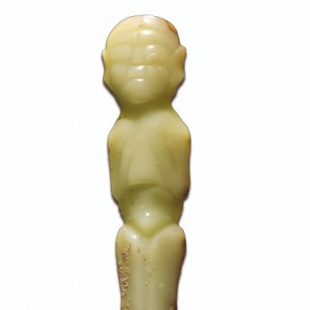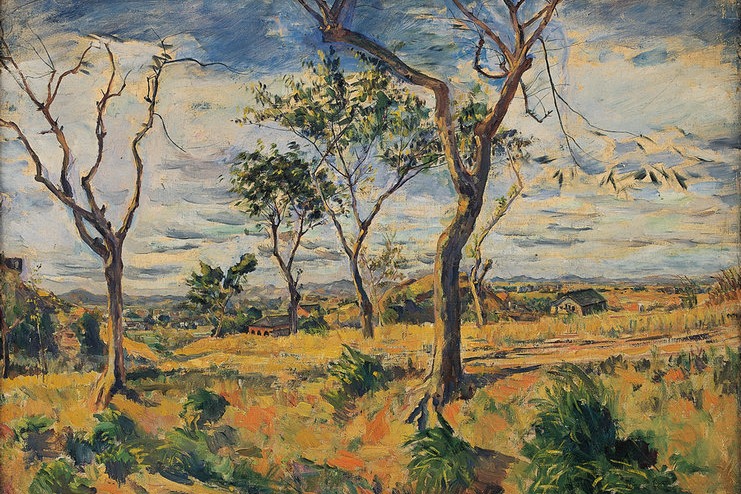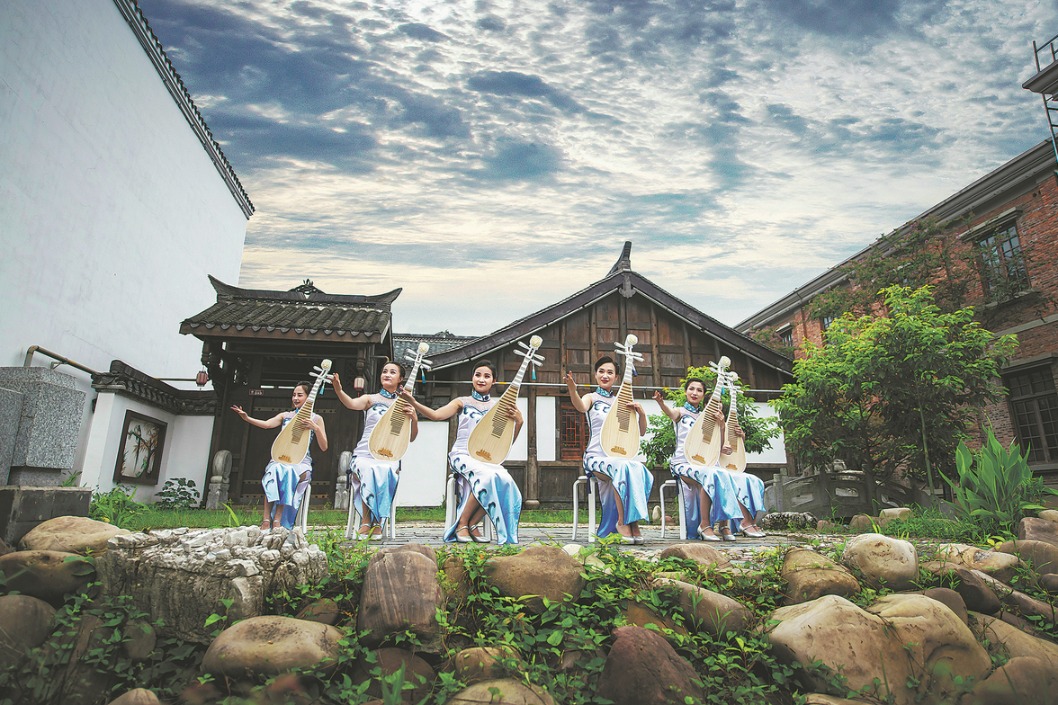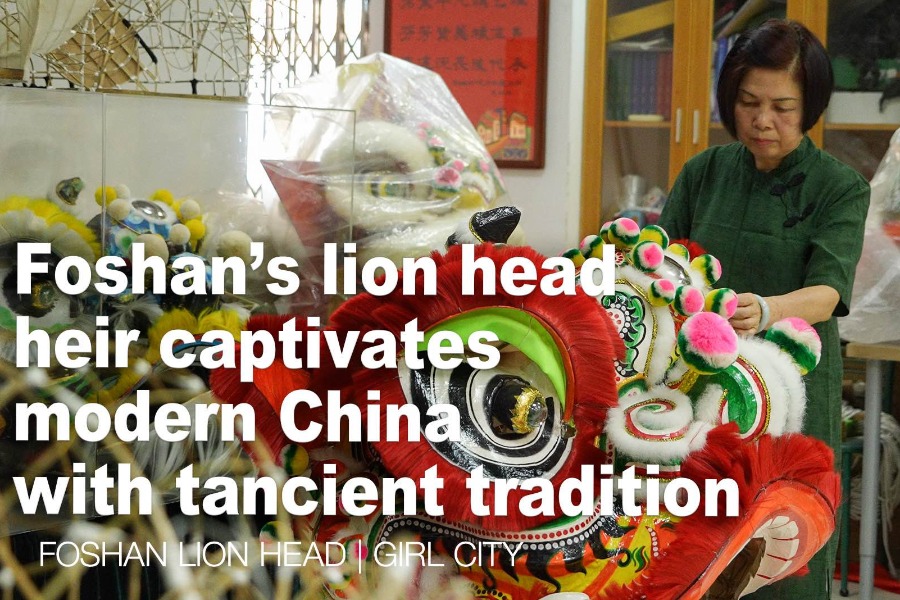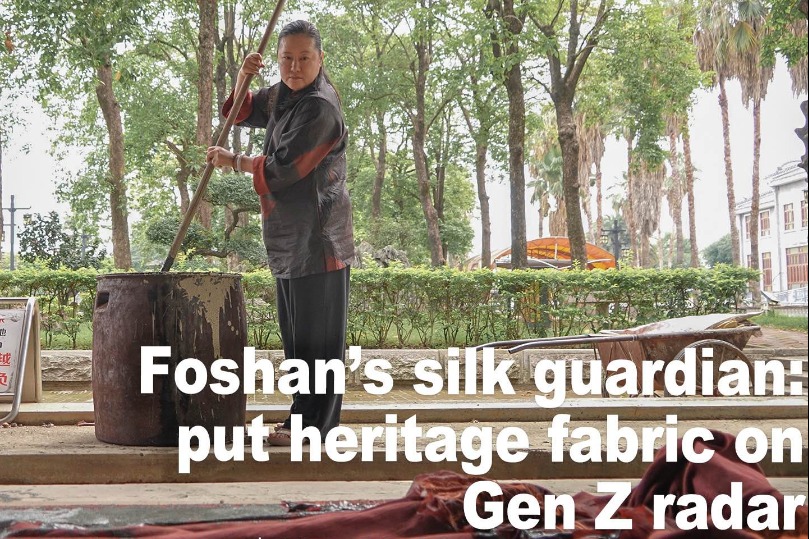Hongshan stakes foundation claim


The goddess temple is partially built underground. On the walls there are murals and clay structures resembling traditional Chinese timber-framed structures. There are both male and female clay statues in seated positions and animal sculptures featuring the bear and owl.
To the south of the rectangular goddess temple, there stood a three-tiered, round sacrificial altar and rubble mound tombs. Such design was commonly seen in the urban planning of ancient capitals, such as Beijing's Temple of Heaven and Imperial Ancestral Temple built during the Ming Dynasty (1368-1644).
Guo says that Hongshan society already possessed a relatively strong economic foundation and the organizational capabilities to mobilize a large labor force. According to Jia, the upper echelons of Hongshan had integrated independent and spontaneous religious activities into a standardized hierarchical system of public ceremonial events.
During this process, Hongshan residents gradually formed a sacrificial ritual system through which they celebrated heaven, earth and their ancestors.
For example, Jia's team found at the Niuheliang site the remains of burning ceremonies, such as carbonized walnuts and burned jade materials. This way of worshiping heaven resonates with literature passed down since the Zhou Dynasty.
The Western Zhou Dynasty (c. 11th century-771 BC) was known for having established a comprehensive system of rites and music, which defined the duties of various officials and thereby formed a set of social interaction norms. It served as a cultural system and a political guideline for governance while bearing religious significance and moral standards.
Archaeologists also discovered sacrificial pits with numerous pottery shards at the Niuheliang site — echoing the Zhou rites of worshiping earth — and assembly of vessels that may be used when Hongshan residents poured drinks on the ground to pay tribute to their ancestors.
"The belief system formed since the mid-period of Hongshan culture can be seen as the origin of the sacrificial and jade ritual systems in later history," Jia says.
Therefore, future studies into the Hongshan culture requires interdisciplinary cooperation — not only with the technological sector but also with intellectual history scholars to draw inspiration from historical documents, Guo says.
During a seminar held in Chifeng to celebrate the 70th anniversary of the naming of the Hongshan culture in September, Chen Xingcan, head of the Institute of Archaeology, CASS, says that with groundbreaking discoveries and studies about Hongshan culture, its foundational role in the origins of Chinese civilization has been widely recognized in the academic community.
Guo says further excavation of the goddess temple at Niuheliang will be conducted.


